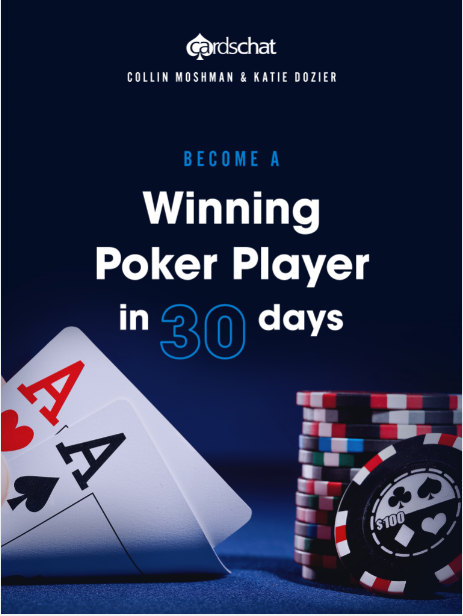At least ten years ago a friend gave me a copy of ``High Roller.`` In that movie as well as a few articles I saw how card location was important to Ungar regarding how people played Gin (Bridge has this component also). At the Bellagio I also observed how Ivey, Reese, Brunson ..played. Assuming no-one at that table made mistakes it would be hard to pick out who the winner of the day would be and I would put the winner as having the best run of cards.
Blackjack has aspects similar to poker game card ranges where depending upon the number of decks, rules, numbers of spots played (cross correlated bets), deck penetration, counting method...memory plays an important role. For example, if so-and-so played at that table with these people, in this position, with this chip stack at this blind level how often did this person protect his blind (with what bet size and against who) and how often did this person try to steal blinds (with what bet size and against who). Not only must the card range be determined but the anticipated bet size as well predicated upon the circumstance...early, mid, bubble.
For example, in 10 handed NL games near the bubble where I have enough chips to squeak through or bubble out I`ve had these scenarios, five or six of the ten are in the pot with big bets and I`m looking at a small pocket or small one off connector...I would go all in because I`m assuming all the high cards are taken and my odds of hitting a small monster are OK; or, if there are three or four in the pot pre-flop and they are betting I will fold my AA and squeak through..the value of my AA decreases dramatically if I can`t get anyone out of the pot with a smaller chip stack.
Today I played a $2.20 8H NLH MTT at Party Poker where I had KK and the only other person in the pot had A10u because of my initial large protection bet. After the flop I went all in since no Ace showed as well but double colors and another King did. I had the second largest stack and this person had the largest. This person went all-in and caught four cards that completed a flush beating my trip Kings. So my question becomes, knowing that I had the best hand post-flop and knowing that a potential runner-runner would take me out, how should I have reasonably bet to either push the other person out and/or save myself. Further, what software would provide the best analysis of this scenario either stand-alone or ensemble..PokerStove, SNG Wizard, PT4..or other.






















